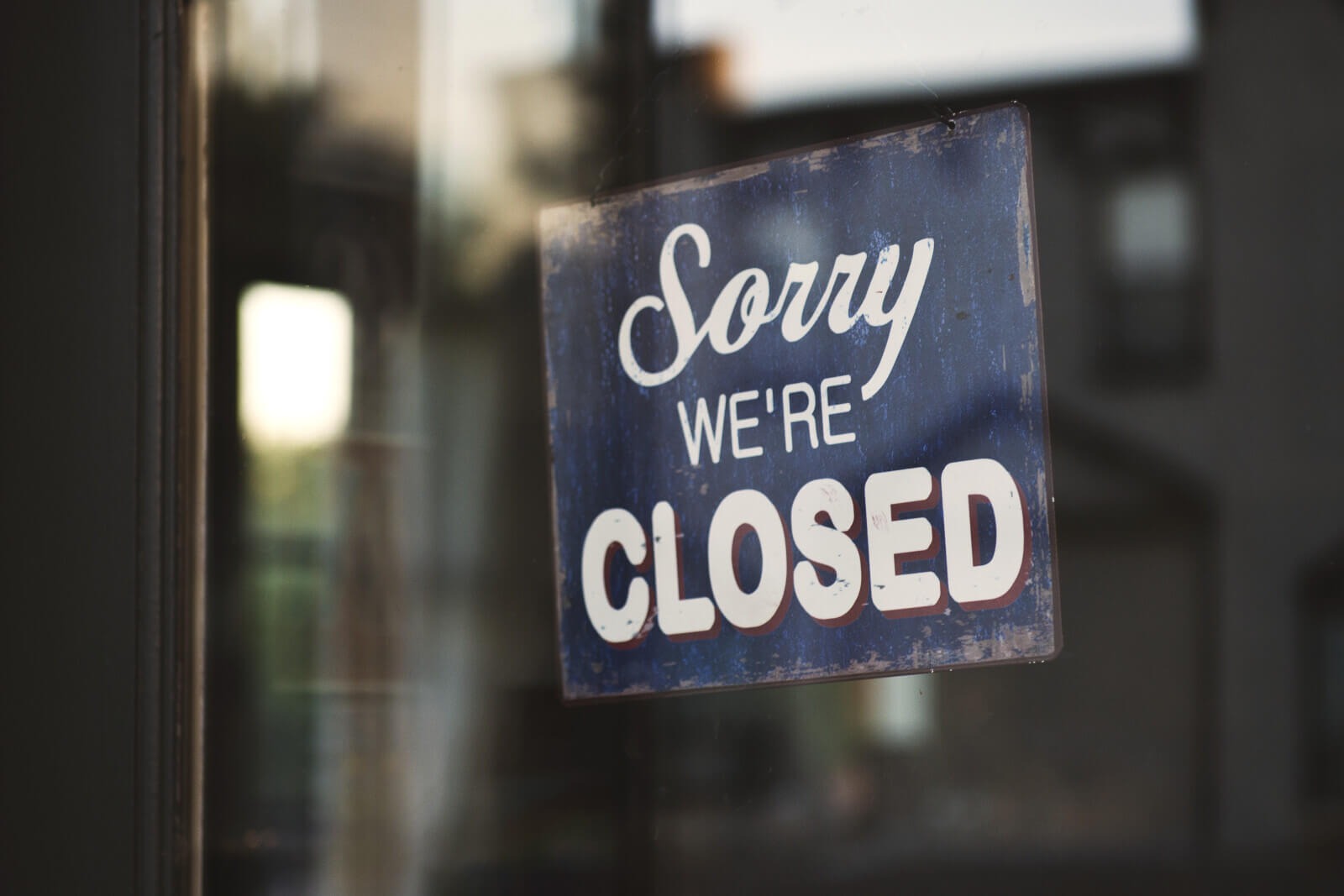 I’d like to take a long, hard look at long hard looks and discuss length, at length.
I’d like to take a long, hard look at long hard looks and discuss length, at length.
For example:
What is the ideal length of a conference presentation? What is the length of time needed to deliver 500 words of housekeeping messages? What is the length of a 40-minute presentation, where the speaker actually speaks for 40 minutes? What is the minimum length a Q&A session or a Panel needs to be to be effective? What length of time do delegates take to walk back in to a conference room? These are all legitimate and very important questions. But how aware are you of these lengths in real minutes, as opposed to simply ‘guesstimating’ how long they take? Or ignoring that they take time at all?
If the minutes you've allocated in your event run sheet don't match the real minutes everything takes at a conference, you will have spent many months carefully and diligently creating an event that is destined to run over time.
In my more than 20 years’ experience in events, more than half the cases where a conference is behind schedule is not because the conference that is running over … it is the run sheet that is running under. The conference is simply being a truer reflection of what was planned than the run sheet was.
And we know what happens next:
– the conference organiser starts sweating
– the conference owners start gnashing their teeth
– the conference speakers feel the tension rise and are worried they’ll be asked to cut their own presentation short
– the caterers are concerned their food will cook too long or not be the ideal temperature
– the delegates, aware they were supposed to be released to lunch 15 minutes' ago, keep looking at their watches, then up to the speaker, waiting desperately to hear the words, “In conclusion”.
And all of that is bad.
So if, like the clock on the Pisa bell tower, you currently have both the time and the inclination, I’m providing some timing tips for you to read below:
Tip 1
Being realistic means building in flexibility. People will take longer to re-enter the conference room and sit down than you think. The four-minute sponsor presentation will go for six minutes because it includes a ‘short video’ that ends up going for 3 minutes 45 seconds. Build a few minutes of hidden ‘catch-up time’ into your programme each day.
Tip 2
Never ask a speaker to speak for anything more than about 85% of the time in the segment. Every conference segment involves two or three minutes of things like speaker intro, speaker thanks, travel to the lectern, evaluation, and housekeeping. Ignoring this fact can mean about thirty un-catered minutes fattening your conference schedule each day. Tell speakers they have 35 minutes to speak; 25 if they want to have Q&A.
Tip 3
If you feel you have too many presentations to fit into a day, try to fit things in creatively. I’ve seen great sessions run over a breakfast served in the conference room (delegates will generally be going to a breakfast room anyway, prior to the conference beginning, why not make it in the conference room?) Have a brief session at a lunch or casual dinner. Turn multiple presentations into one well-facilitated panel.
Tip 4
Make tough decisions regarding whether everything is worth keeping. The old adage, “Leave the audience wanting more” is just as pertinent in show business as it is in ‘business business’, and it may be that the best thing to do is say, “We are being too ambitious with our amount of content. What should we cut?”
In summary, time is the most limited and valuable resource we have at a corporate event. We need to be honest and accurate with how many minutes we require to do the things that we are placing on the agenda. Being realistic with length will be your strength.


